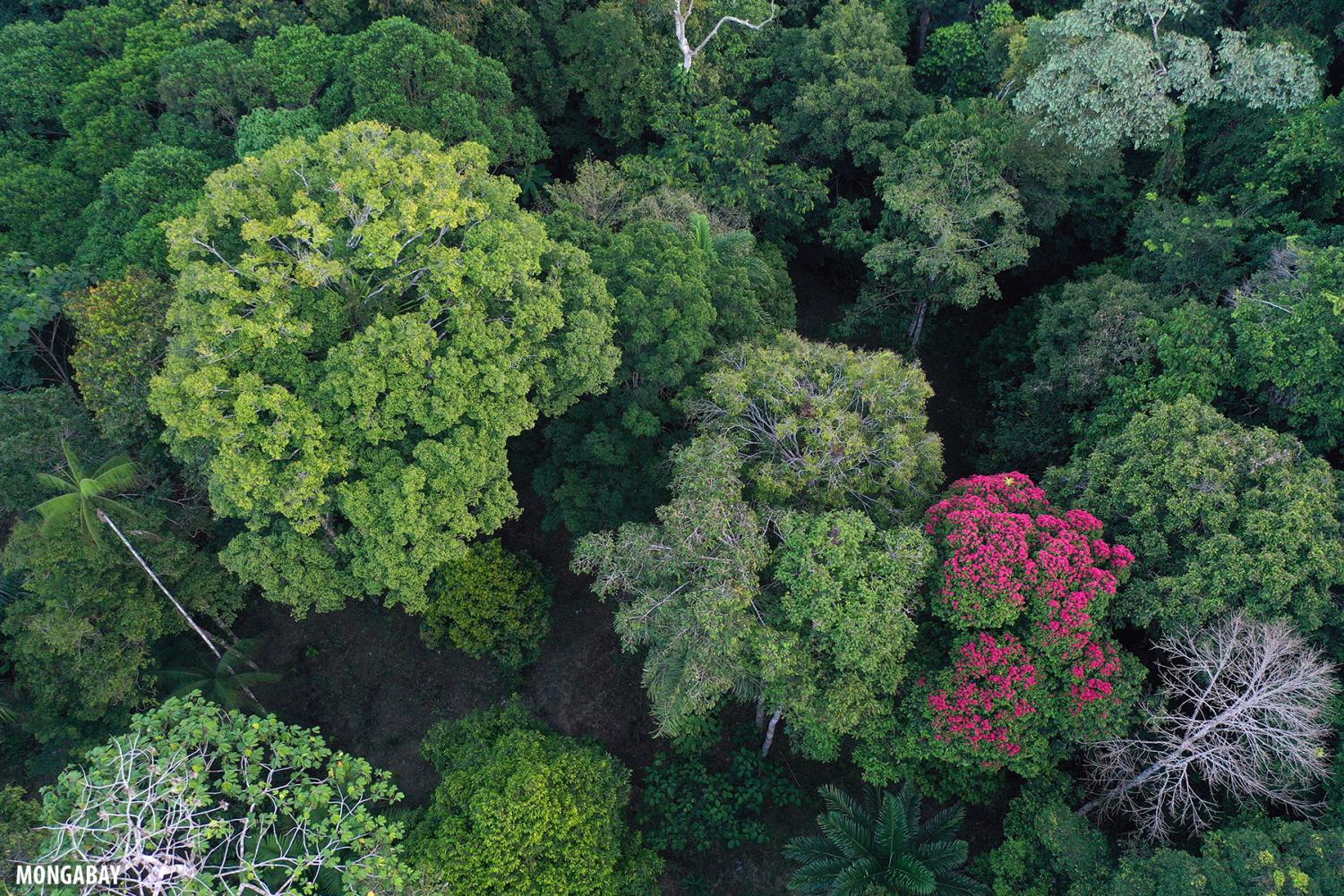Researchers from Michigan Tech’s College of Forest Resources and Environmental Science have worked with The Los Alamos National Laboratory in New Mexico, Southwest Biological Science Center in Utah, and the International Institute of Tropical Forestry in Puerto Rico to release a new publication. The publication has interesting indications about the upper canopy of tropical rainforests.
From May to July 2017, data was collected from a forest canopy at the USDA Forest Service Sabana Field Research Station in Luquillo, Puerto Rico by solar shielded air temperature and humidity sensors at 2, 6, 9, 12, 16, and 20 meters in height, with 20 meters representing the peak of the canopy. Over periods averaging in half an hour, data was collected every two minutes.
The researchers discovered that the temperature of leaves found in the canopy of a Puerto Rican tropical wet forest varied more than the temperature of the leaves below in the same forest. Additionally, it was found that the temperature of these sun-lit leaves exceeded that of the surrounding air in what is known as megathermic behavior, while the shaded leaves were found to be at the same temperature as the surrounding air, known as poikilothermic behavior.
Because it is the upper canopy that is primarily responsible for photosynthesis, this excessive heating could be minimizing the canopy’s carbon sink, or the ability to store carbon, thereby increasing the carbon dioxide content in the atmosphere. However, the researchers suspect that the upper canopy may be acting as a radiation shield for the other leaves, thereby increasing the ability of the shaded leaves to retain carbon.
Lending further credibility to the researcher’s results is the similar findings made in tropical forests in both Brazil and Costa Rica, indicating that this may be a global trend. It is believed that these results can be attributed to one of two things. The first being stomatal closure, or the response of the pores found in leaves and stems to close in response to drought-like conditions, and the second being the deterioration of the plant’s photosynthetic machinery.
This study provides another great example of the research work being conducted at Michigan Tech, as well as a good use of the tools and resources provided by the college of forestry.


